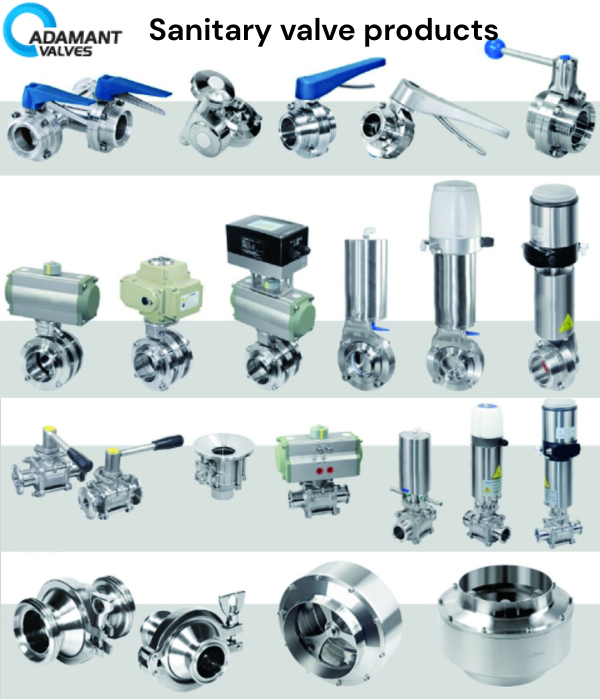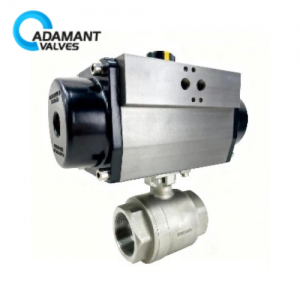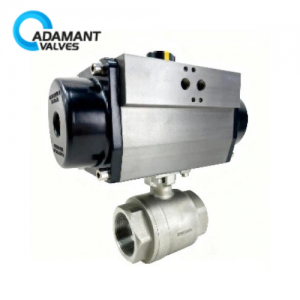Guide to Common Valves
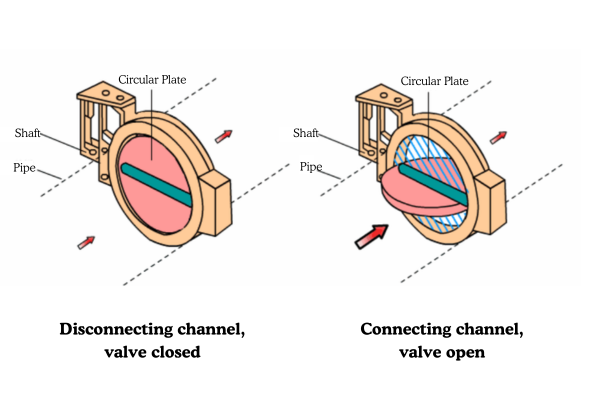
Valves are essential components in fluid control systems. And they are used to regulate the flow rate, direction, and pressure of fluids.
Common Types of Valves
- Gate Valve: Primarily used to block or allow the flow of media in pipelines. It is a simple structure and low cost.
- Globe Valve: A frequently used valve suitable for pipelines carrying various media. It offers excellent sealing performance but has high flow resistance.
- Ball Valve: Mainly used to block or allow media flow in pipelines, and can also regulate flow. It is compact in design and easy to operate.
- Butterfly Valve: Simple in structure, lightweight, and easy to operate. It is primarily used to block or allow media flow and is characterized by low flow resistance.
- Check Valve: Also known as a non-return valve, it automatically opens and closes based on fluid pressure. It operates entirely automatically without external intervention.
Gate Valve
A gate valve is an on-off valve that controls fluid flow by raising or lowering the valve disc.
The valve disc of a gate valve resembles a gate. Typically, it consists of two parallel plates connected by a shaft. It is mainly used to block or allow media flow in pipelines.
When the valve is open, the disc fully retracts from the seat and allows fluid to pass freely. While the valve is closed, the disc fully seats, blocking fluid flow.
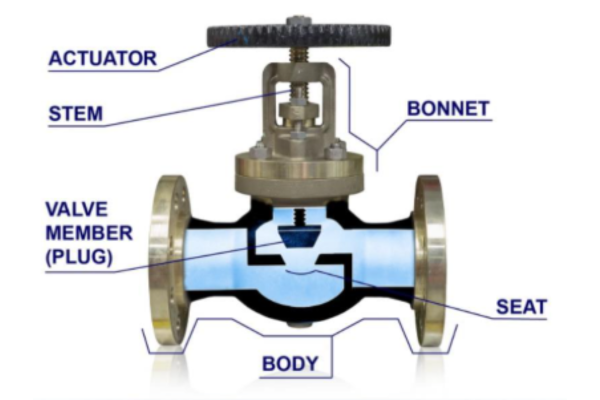
Globe Valve
A globe valve consists of a valve body, bonnet, disc, stem, packing, and stuffing box. It controls fluid flow by moving the stem up or down to open or close the disc.
It should not be confused with a gate valve. The gate valve uses a lifting disc and is primarily designed for full open or full closed, with minimal use in flow regulation.
Globe valves are widely used in industries such as petroleum, chemical, power, and metallurgy to block or allow media flow in pipelines.
Ball Valve
The ball valve, a type of rotary valve, is recognized for its simple design, compact size, lightweight, quick operation, and reliable sealing.
It is commonly used to block or allow fluid flow and can also regulate flow.
The core component of a ball valve is a spherical disc with a circular passage through it. By rotating the disc, the passage aligns with or blocks the valve body’s channel, enabling the valve to open or close.
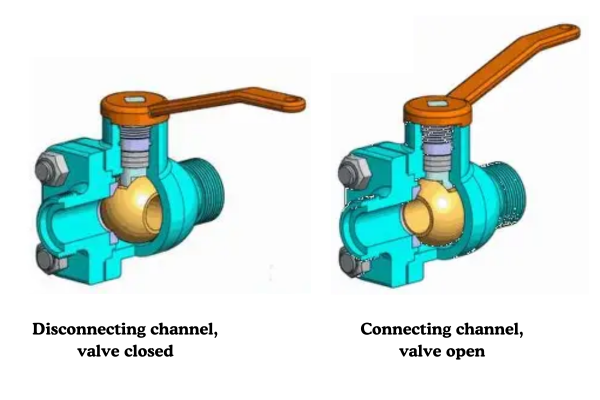
Butterfly Valve
A butterfly valve is a simple-structured valve typically composed of a valve body, disc, stem, and sealing mechanism. The disc is usually circular and controls fluid flow by rotating via the stem.
Butterfly valves are simple in design, easy to operate, offer high flow capacity, quick open-close action, and are cost-effective. However, they are generally not used for precise flow regulation. They are widely applied in petrochemical, power, metallurgy, and papermaking industries for on-off control or basic regulation in pipelines.

Check Valve
A check valve automatically opens or closes the disc based on the direction of media flow to prevent backflow. To avoid accidents, it is primarily used in pipelines where media flows in one direction, ensuring unidirectional flow.
Check valves mainly consist of a disc, bonnet, and valve body. Based on structure, they are primarily classified into lift-type and swing-type check valves.
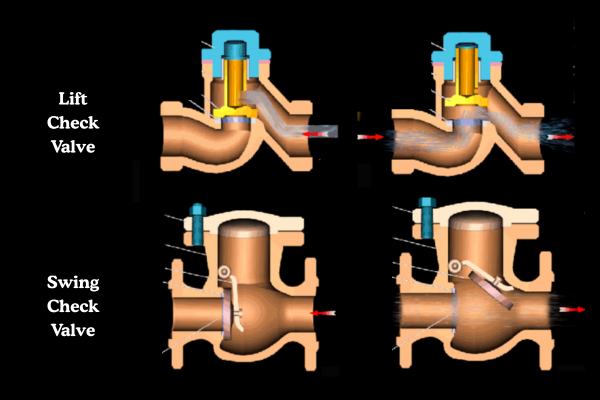
Adamant Valves designs and manufactures a wide range of stainless steel sanitary valves and fittings, such as sanitary butterfly valves, sanitary ball valves, sanitary check valves, etc.
